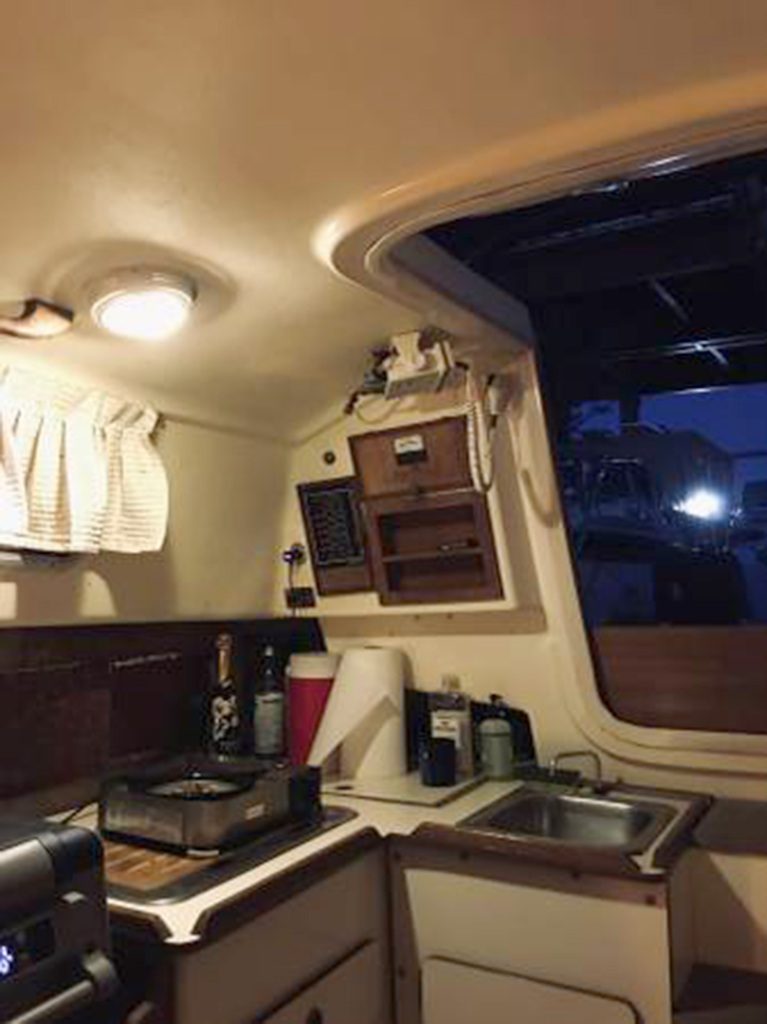A lot of the usual suspects are among the applicants for the FCC’s C-band auction, set to start on December 8.
The FCC on Monday released the list of 74 short-form applicants signing up to participate in the auction. Verizon, AT&T and T-Mobile are among those registering, as well as U.S. Cellular, C Spire and Dish Network.
Dubbed Auction 107, the C-band auction will offer 5,684 licenses across a total of 280 megahertz in the 3.7-3.98 GHz C-band.
Comcast and Charter Communications are registered as joint bidders, under the name “C&C Wireless Holding Company.” The cable companies’ interest in the C-band auction isn’t surprising; both have been engaged in FCC processes for at least the past two years leading up to the auction.
However, investment analysts at New Street Research said they’ve been asked why Comcast and Charter are bidding together rather than individually. The two bid separately in the 3.5 GHz Citizens Broadband Radio Service (CBRS) auction.
The analysts said the most likely answer is the license sizes for C-band are much larger than they were for the CBRS band; they don’t overlap perfectly with cable franchises.
“By bidding together, the companies can avoid bidding against each other for licenses that touch both of their footprints,” wrote New Street’s Jonathan Chaplin. “It also isn’t surprising given that they have a JV to develop wireless together.”
Altice and Cox Communications also are registered, he noted.
Last month, analysts at Morgan Stanley Research raised their C-band mid-point auction forecasts from $23.5 billion in proceeds to about $26 billion, with their high-end estimates at $35.2 billion.
RELATED: Analysts beef up C-band auction forecast to $26B – $35.2B range
The New Street analysts expect the C-band auction could fetch $51 billion. Analysts at Raymond James are projecting gross bids of over $30 billion.
RELATED: AT&T’s debt hampers its C-band aspirations
Auction 107 also offers 280 megahertz of spectrum compared with 70 megahertz in the CBRS auction.
“The C-band should be more valuable to carriers than the CBRS band that had power limits, tiered access and important incumbent users (most notably the U.S. Navy in coastal areas),” wrote Raymond James analyst Ric Prentiss. “And considering the attractive capacity/coverage characteristics of mid-band spectrum for 5G, we think the C-band will be highly sought after to conduct 5G buildouts, especially by those lacking significant low- and mid-band holdings.”
The FCC identified 38 of the short-form applications as complete and 36 were not; those who submitted incomplete applications have until November 2 to resubmit and qualify for the auction. The quiet period for the auction began on September 22.
Incumbent satellite companies that are currently using the entire 500 megahertz in the band are moving to the upper 200 megahertz, or 4.0-4.2 GHz, of the band.
The A Block licenses in 46 of the top 50 Partial Economic Areas (PEAs) are expected to be cleared by December 5, 2021, with all remaining licenses expected to be cleared by December 5, 2023, Prentiss noted.
“While 74 applications is nothing to scoff at, we note the significant decrease from 271 bidders (vs. total applications) in the recent Auction 105 for CBRS spectrum,” he said. “We look forward to seeing the final list of qualified bidders, as we believe Auction 107 will garner dramatically higher bids (>$30B in gross bids) and prices (>$0.35/MHz Pop) than Auction 105 ($4.6B gross bids, $0.217/MHz Pop).”













